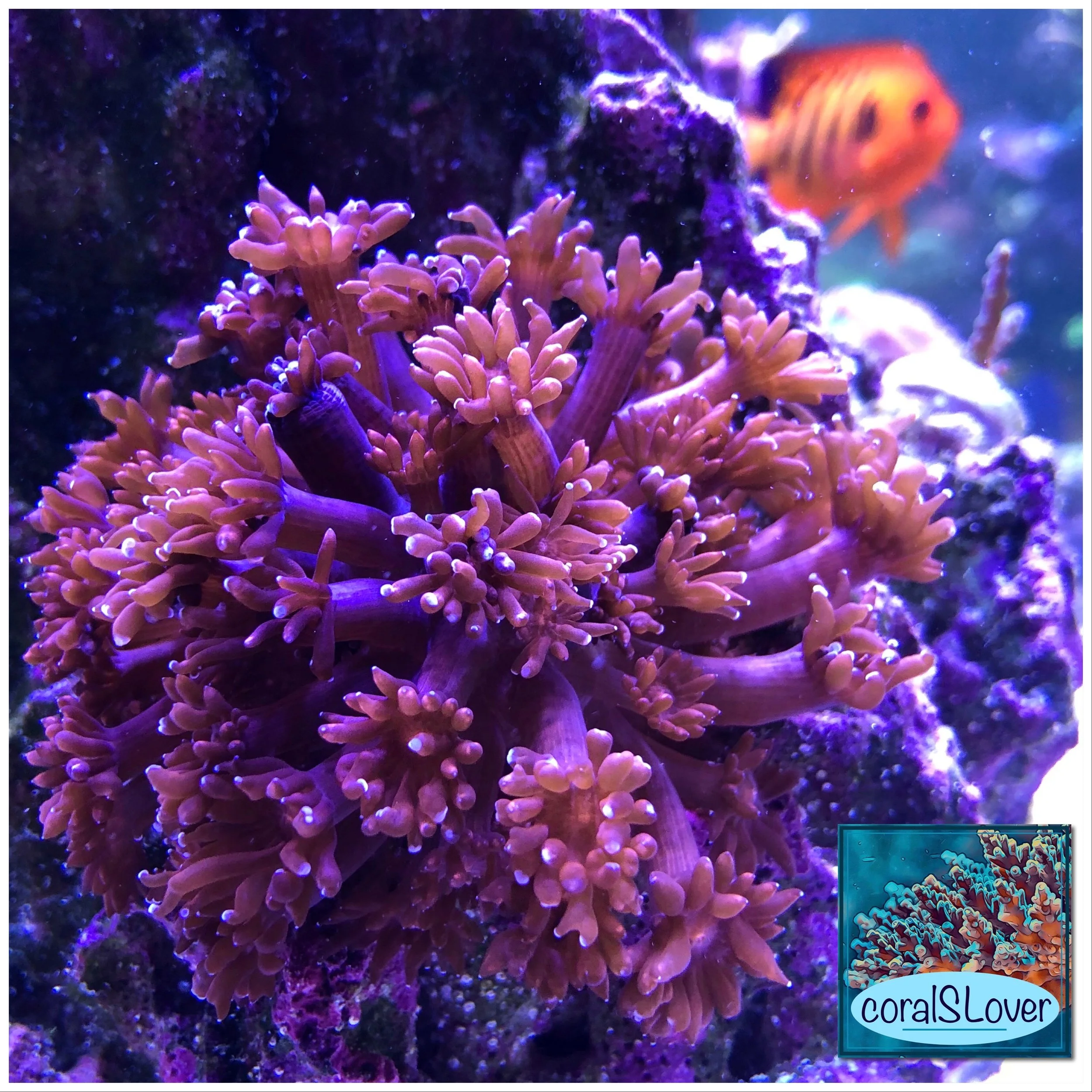PRODUCT INFO
Goniopora are possibly the most enigmatic of all Large Polyp Stony (LPS) corals. On one hand, Goniopora are some of the most intensely colored corals on the reef. They are commonly referred to as flower pot corals for the appearance of their tentacles that resemble a flower bouquet. This aesthetic also makes them highly desirable. On the other hand, reef aquarium hobbyists have struggled keeping these corals alive for years. Many species of Goniopora never seem to make the transition from the wild to our aquariums. Having said that, there is new found hope in that certain species fare much better in captivity.
Lighting
In terms of lighting these corals, we have had success keeping Goniopora under a wide range of intensities. They will likely adjust to whatever lighting level you currently have in your home aquarium however we recommend that if you have particularly bright lights, give Goniopora time in moderate lighting to adjust.
Water Flow
Moderate to strong water movement is recommended. Goniopora are sensitive to contact, but strong flow does not appear to bother them.
Feeding
Goniopora relies heavily on the products of their zooxanthellae. This coral may benefit from the addition of phytoplankton as a food source. While the coral itself may consume some phytoplankton, the real benefit is the increased population of rotifers that feed on the phytoplankton. Rotifers make a good meal to a vast array of corals. In the past, phytoplankton based foods were not commonly available but now they are easier to acquire.

